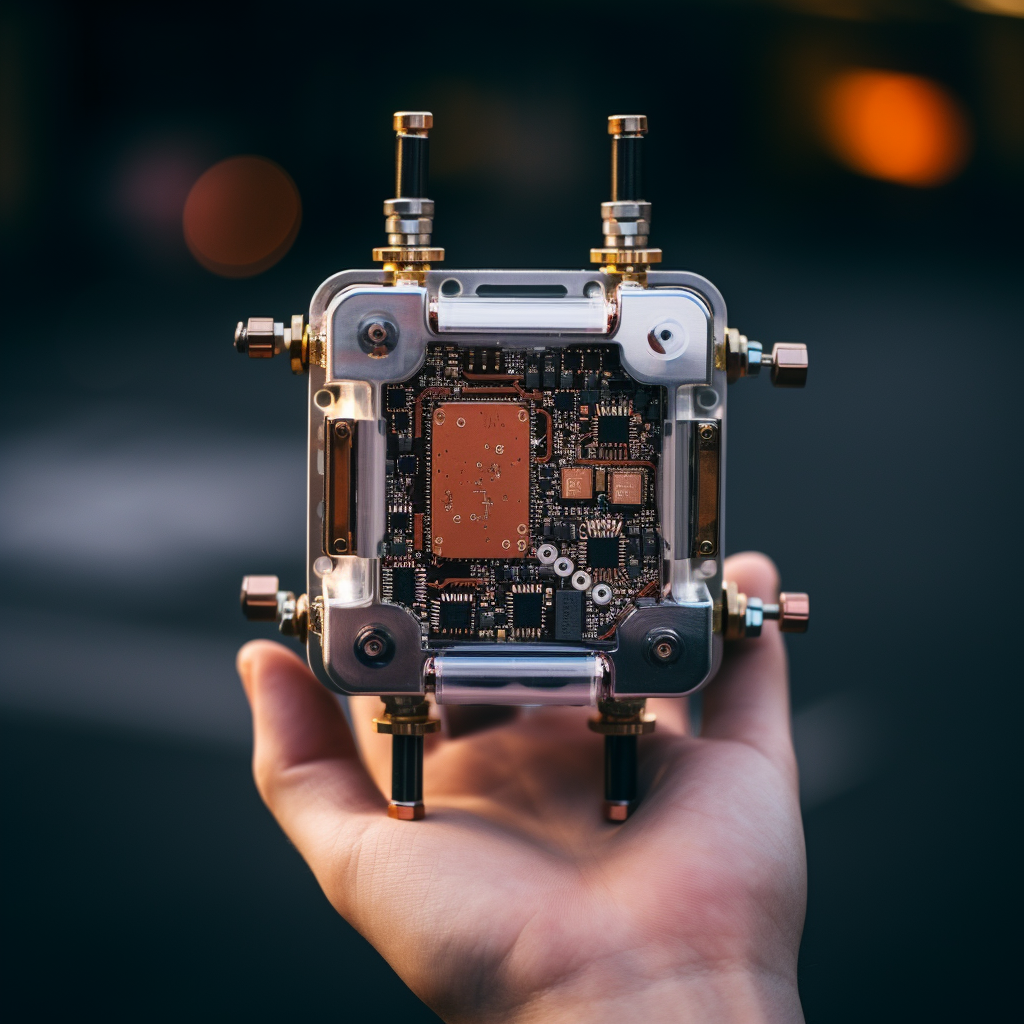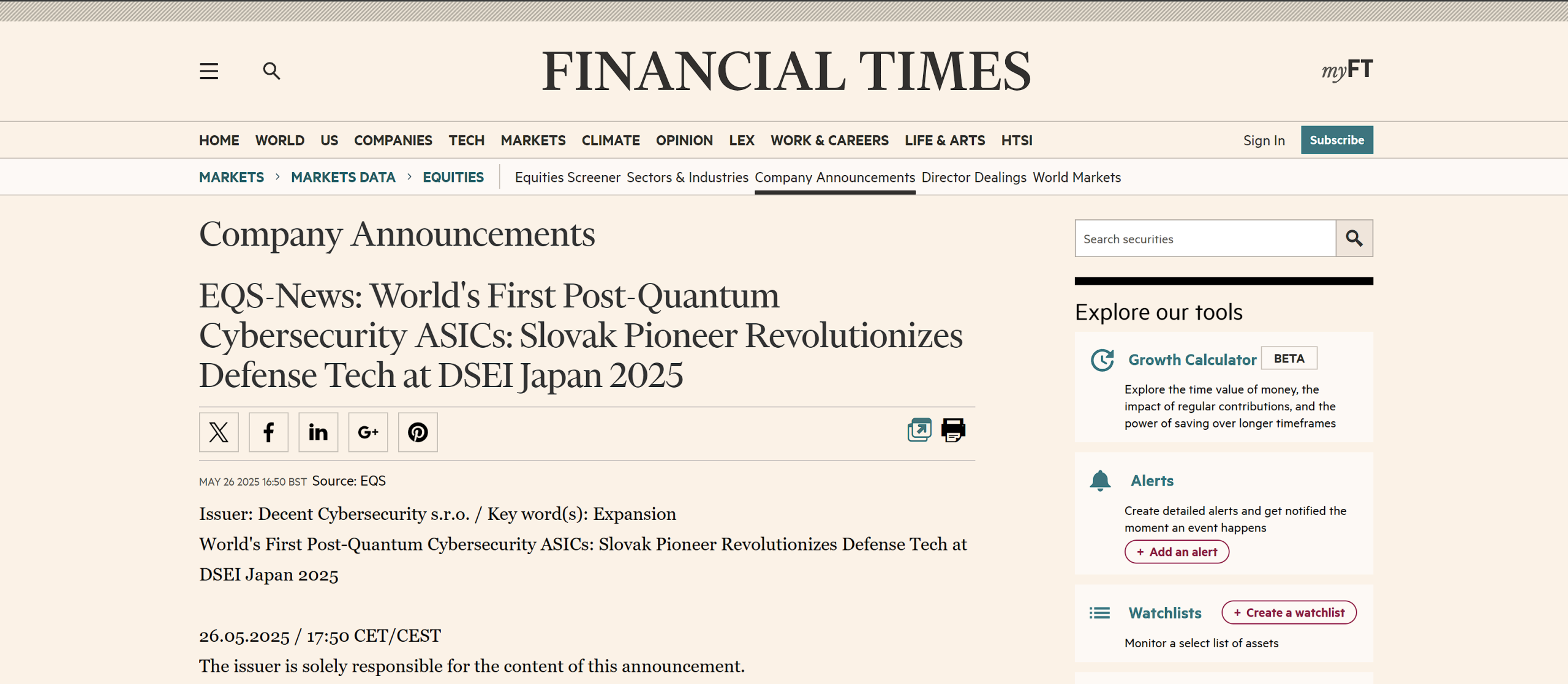Quantum Encryption Meets the IoT World
In 2024, as the Internet of Things (IoT) continues to expand, integrating quantum encryption into IoT devices has become a crucial yet challenging endeavor. This integration is essential for protecting the vast amount of data these devices generate and process, especially in the face of potential quantum computing threats.
Understanding Quantum Encryption in IoT
Quantum encryption, notably Quantum Key Distribution (QKD), offers a theoretically unbreakable encryption method, making it highly attractive for securing IoT networks. However, its implementation in IoT devices presents unique challenges.
1. Hardware Limitations and Miniaturization
Quantum encryption often requires sophisticated, bulky, and expensive hardware. Miniaturizing this technology to fit into the compact and varied form factors of IoT devices, many of which are designed to be cost-effective and energy-efficient, poses a significant technological challenge.
2. Integration with Existing IoT Protocols
IoT devices operate on a range of protocols and standards. Ensuring compatibility and seamless integration of quantum encryption technologies with these varied protocols without compromising their efficiency is a complex task.
3. Scalability Issues
The sheer number of IoT devices, projected to reach billions, demands a scalable approach to encryption. Implementing quantum encryption on such a massive scale requires not only technological innovation but also a rethinking of network architectures and data management strategies.
4. Quantum Key Distribution Challenges
QKD, while secure, involves challenges such as the need for a direct line of sight or reliable fiber connections for key distribution, which are not always feasible in diverse and dynamic IoT environments.
5. Power Consumption Concerns
Quantum encryption algorithms can be more power-intensive than classical ones. For battery-operated or energy-harvesting IoT devices, optimizing power consumption while implementing these algorithms is crucial.
6. Cost Implications
The cost of quantum encryption technology, including development, deployment, and maintenance, is significantly higher than traditional encryption. Balancing cost with the need for advanced security is a critical consideration for widespread adoption in IoT devices.
7. Standardization and Regulation
The lack of standardized frameworks for implementing quantum encryption in IoT adds to the complexity. Developing and agreeing upon international standards and regulations is essential for a cohesive and secure IoT ecosystem.
8. Addressing the Threat Landscape
As the quantum threat landscape evolves, keeping quantum encryption methodologies in IoT devices up to date and resilient against emerging threats is an ongoing challenge.
A Balancing Act for the Future of IoT
Implementing quantum encryption in IoT devices in 2024 is a balancing act between harnessing cutting-edge security technology and managing practical limitations. While challenges are significant, overcoming them is crucial for ensuring the security and resilience of the IoT ecosystem in the face of advancing quantum computing capabilities. The future of IoT security lies in continuous innovation, collaboration, and a commitment to navigating these complex challenges.







